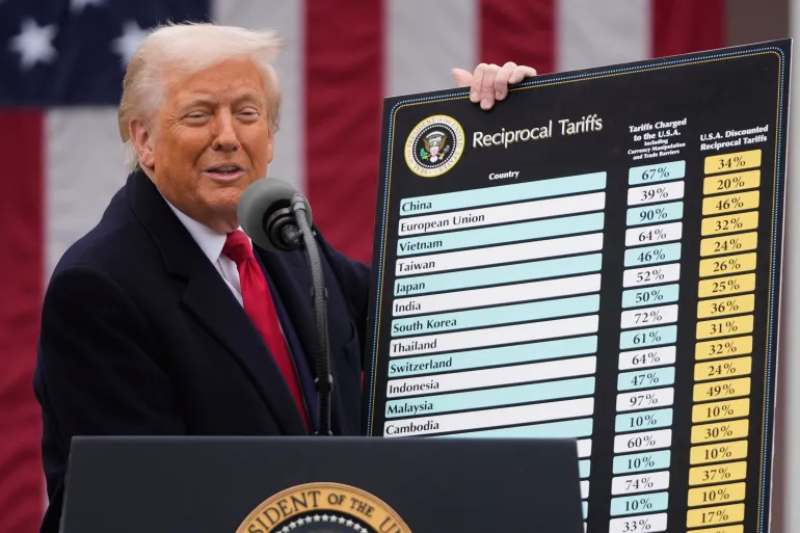
Washington, D.C., July 7, 2025 — The United States is preparing to implement a significant increase in tariffs as a self-imposed July 9 deadline for trade deal finalizations approaches. The move, part of a broader trade realignment strategy led by former President Donald Trump, is expected to impact hundreds of billions of dollars in global commerce.
Countries that fail to reach trade agreements with the U.S. by the deadline face tariffs of up to 60% on key imports, with new rates set to take effect on August 1. As of this week, letters of notification have started going out to governments that have not concluded their negotiations, outlining the expected tariff changes.
So far, the United States has finalized trade deals with the United Kingdom, Vietnam, and China, effectively shielding those countries from the coming tariff increases. However, negotiations with several major economies—including India, the European Union, Japan, South Korea, and Brazil—remain ongoing.
Senior officials from multiple countries have traveled to Washington in recent days in a last-ditch effort to secure exemptions or partial relief. According to sources familiar with the talks, many of the outstanding issues center around agriculture, industrial goods, and digital trade.
Analysts warn that the increased tariffs could trigger significant economic disruptions. A recent estimate by JPMorgan suggests that the new measures could cost U.S. employers more than $82 billion, as businesses face rising costs for imported goods and raw materials.
“The uncertainty surrounding trade policy is forcing companies to delay investments and re-evaluate their supply chains,” said Amy Walsh, senior economist at Global Insight Partners. “The short-term impact could be inflationary, with downstream effects on consumer prices.”
Some American businesses, particularly in the automotive, electronics, and manufacturing sectors, have already begun stockpiling goods or shifting procurement strategies in anticipation of the policy change.
The administration has framed the upcoming tariff hike as an effort to create a more equitable global trade system and reduce America’s trade deficit. "This is about putting America first and ensuring fair treatment in global markets," Trump said during a campaign event in Ohio last week.
However, the policy has met with strong opposition from trade partners. The European Commission has warned that retaliatory tariffs may be imposed if an agreement is not reached. India’s Ministry of Commerce has also expressed concern, calling the timeline “unrealistically aggressive.”
Within the United States, reaction has been mixed. Business groups and trade associations have urged the administration to reconsider, citing the risk to supply chains and American jobs. Meanwhile, some sectors—particularly domestic steel producers and select agricultural interests—have expressed support for the protectionist measures.
July 7–9: Letters notifying non-compliant countries of tariff increases are being issued.
July 9: Final deadline for trade deals to be completed or announced.
August 1: Scheduled implementation date for the new tariff rates.
Unless delayed, the August 1 activation will include across-the-board tariffs starting at 10%, with higher rates for specific sectors such as automobiles, steel, aluminum, and pharmaceuticals.
Experts note that the outcome of these negotiations may have long-lasting implications for international trade norms. “This is not just about tariffs—it’s about reshaping how the U.S. engages economically with the world,” said Dr. Jonathan Hayes, a professor of international economics at Georgetown University.
With more than 100 countries affected and just days left to finalize agreements, the coming week is expected to bring a flurry of diplomatic activity. Whether this results in broader trade stability or a sharp escalation in economic tensions remains to be seen.